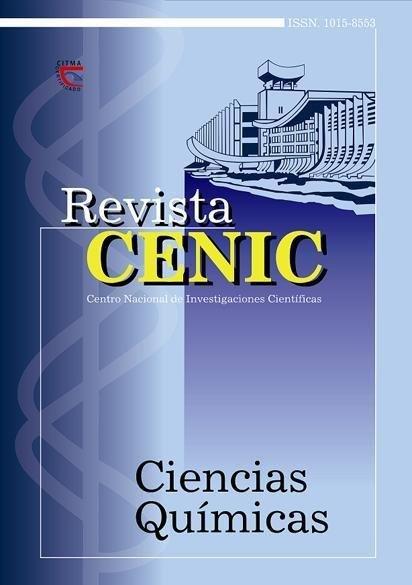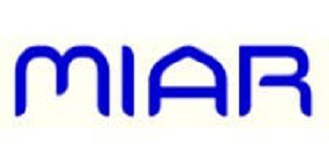Métodos de disolución en muestras de hidroxiapatita y corales
Abstract
The utilization of samples of hidroxiapatite and corals in implant bone requires to know the content of sorne metals with accuracy. High contents of Cu and Pb could exclude the use of these samples with this purpose. This paper was studied three methods of preparation of samples (conventional digestion, use of microwave in closed containers and preparation of suspensions) for
the determination ofthe Cu and Pb in samples ofhidroxiapatite [Ca10(P04)/0H)z] and corals for Atomic Absorption Spectrometry with Electrothermal Atomization, AAS-EA and correction by Zeeman effect. The advantages of the process of disolution with microwave and the preparation of suspensions in relationship to the conventional digestion were checked with respect to saving of reagents and time and the least possibi lity of contamination. Fbr the determinations of metals, the parameters of operation of the spectrometer were optimized, as well as the heating program of the oven for each element. An international reference material was utilized (IAEA-H-5 Bone Animal) in order to check the accuracy of the determinations of Pb. In case of the determinations of Cu tests of recuperation were carried out getting security values between 95-105 %. The detection limits were calculated according to the IUPAC criterion and the results were: 0,15 and 1,05 ng · mL'1for Cu and Pb respectively. The levels ofthese metals found in the samples are low and permit the utilization of the same in implant bones.

Downloads
Published
How to Cite
Issue
Section
License
Copyright (c) 2000 Copyright (c) 2000 Revista CENIC Ciencias Químicas

This work is licensed under a Creative Commons Attribution-NonCommercial-ShareAlike 4.0 International License.
Los autores que publican en esta revista están de acuerdo con los siguientes términos:
Los autores conservan los derechos de autor y garantizan a la revista el derecho de ser la primera publicación del trabajo al igual que licenciado bajo una Creative Commons Atribución-NoComercial-CompartirIgual 4.0 que permite a otros compartir el trabajo con un reconocimiento de la autoría del trabajo y la publicación inicial en esta revista.
Los autores pueden establecer por separado acuerdos adicionales para la distribución no exclusiva de la versión de la obra publicada en la revista (por ejemplo, situarlo en un repositorio institucional o publicarlo en un libro), con un reconocimiento de su publicación inicial en esta revista.
Se permite y se anima a los autores a difundir sus trabajos electrónicamente (por ejemplo, en repositorios institucionales o en su propio sitio web) antes y durante el proceso de envío, ya que puede dar lugar a intercambios productivos, así como a una citación más temprana y mayor de los trabajos publicados (Véase The Effect of Open Access) (en inglés).













